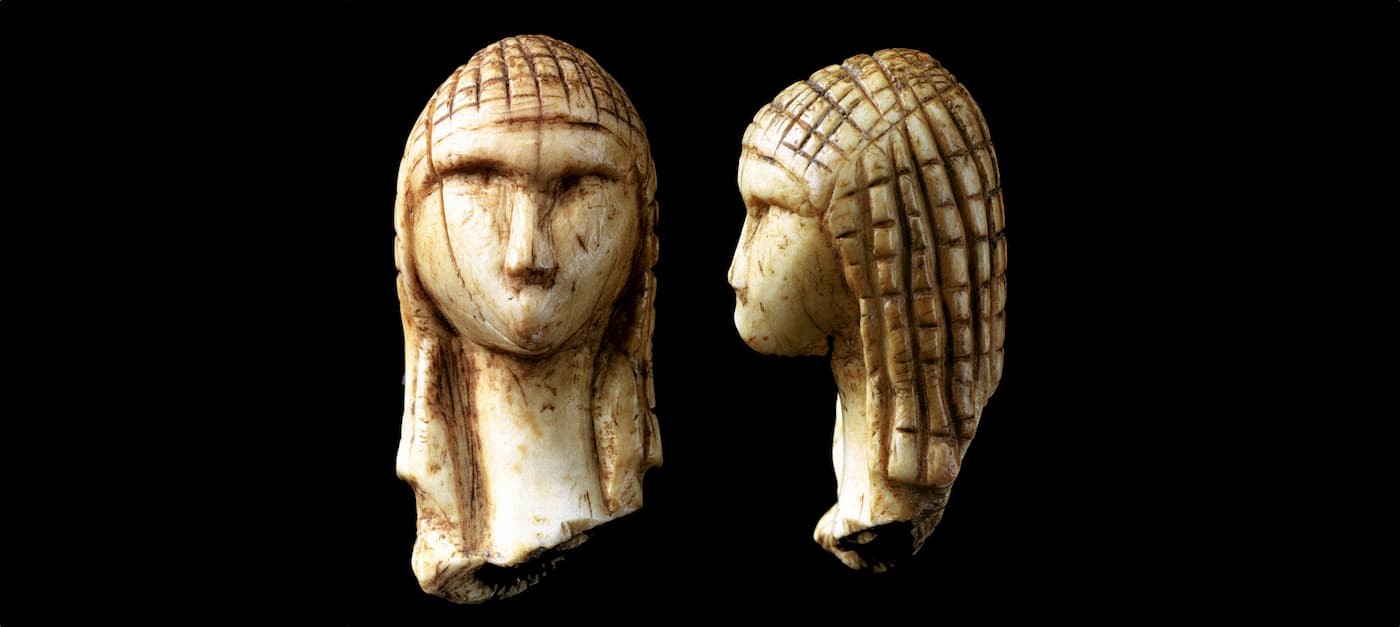The famous Paleolithic Venuses, those statuettes of female figures that stand out for their bulky stature and exaggerated features, are among the first examples of human art, dating back some 30,000 years.
Researchers, since the first example, the Venus of Brassempouy, was discovered in 1893, have provided different interpretations of these figurines, but no single hypothesis has prevailed. Not even the one that relates them to the Mother Goddess and fertility.
Now Richard Johnson, a researcher at the University of Colorado, has published an article in the journal Obesity in which he gives a possible solution to the mystery, relating them to climate change and diet. And it is that for Johnson it is rare to see obese human figures at a time when food was not exactly abundant. According to Johnson:
Some of the earliest art in the world is these mysterious figures of overweight women from hunter-gatherer times in Ice Age Europe, where you wouldn't expect to see obesity at all. These figures correlate with times of extreme nutritional stress.
The first modern humans entered Europe during a warm period about 48,000 years ago known as the Aurignacian. They were hunters of reindeer, horses, and mammoths with bone-tipped spears. In summer they ate berries, fish, nuts, and plants. But then, as now, the weather was not static.

When temperatures dropped, the ice sheets advanced and during the coldest months temperatures dropped to 10-15 degrees Celsius. Some hunter-gatherer groups became extinct, others moved south, some took refuge in the forests. The game was becoming scarce.
It is at this time that the figurines of the Venuses appeared. They were between 6 and 16 centimeters high and were made of stone, ivory, horn, and sometimes clay. Some were threaded and could be used as charms.
Johnson and his colleagues, anthropology professor John Fox of the American University at Sharjah in the United Arab Emirates, and assistant professor of medicine Miguel Lanaspa-Garcia of the University of Colorado School of Medicine, measured waist-to-body ratio -hip and waist-shoulder of the statuettes. They found that those closest to the glaciers were more obese compared to those further away. For this reason, they believe that the statues represented an idealized body type at a time of difficult living conditions.
We propose that they conveyed ideals of body size for young women, and especially those living near glaciers says Johnson. We found that body size ratios were higher when glaciers advanced, while obesity decreased when the climate warmed and glaciers receded .
Obesity, according to the researchers, became a desired condition. An obese woman in times of scarcity could carry a child during pregnancy better than one suffering from malnutrition. The figures of Venus may have had a spiritual meaning, such as an amulet or a kind of magical power that protected women during pregnancy, childbirth and lactation.
Many would be passed down as heirlooms from mother to daughter through generations. The figurines emerged as an ideological tool to help improve fertility and survival of the mother and newborns according to Johnson. Artistic aesthetics thus had the significant function of emphasizing health and survival to accommodate increasingly austere climatic conditions .
Fonts
University of Colorado Anschutz Medical Campus
